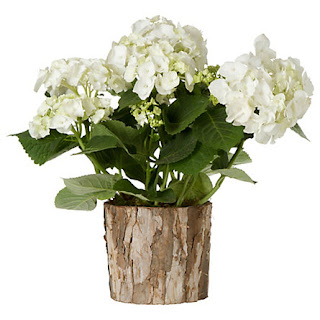What defines style today?
For your consideration, here is my Top Ten selection of features that have most inspired designers and consumers in the past five years or so. Although I could name several more, these are at the top of my list.
Today's designers now have an endless sourcebook for inspiration online. How did they figure this stuff out 10 or 15 years ago? Who knows?
1. Books/bookshelves.
Even in pared down, contemporary spaces,
bookshelves are everywhere nowadays. I must list this feature first, of course!
Phillip Gorrivan living room
2. Gallery-style wall art collections.
Our definition of 'art' has matured. Favorite photos, drawings, found objects, flea market portraits and kids' art can all find space on the wall.
Kate and Andy Spade's NYC entry
3. Muscular design details.
Bold features are evident everywhere; delicate features are used only sparingly and to much greater effect. More often than not, furnishings and accessories are sculptural, even sensual.
Ruby Beets
4. Dark/light contrasts.
Black and gray have had a surprisingly long-lived moment. When combined with white, they add spark and (shock!) actually open up and brighten a space.
Thom Filicia showhouse bedroom
5. Continued emphasis on solids, tone-on-tone and geometric patterns.
Not the 90s variety of beige tones, but using contrasts (see No. 4) to add depth and graphic interest. Yes, I know florals are the next big thing on the horizon. But I expect to see those designs complementing or even accenting, rather than dominating a scheme, even in traditional interiors.
House and Home
6. Saturated colors.
Neutrals will always have their place, but when colors are used, they are vibrant and bold (and check out the
black mantel).
Miles Redd
7. Luxury surfaces.
The selection of quality tile, stone, floor coverings, textiles, fixtures and paints has exploded recently. I suspect this is a result of research and development improvements in materials, improvements in manufacturing techniques, and access to a wider variety of natural materials. It also seems to me that pigments are far more various and of a higher quality. Generally speaking, today's consumers expect a much greater variety of options, courtesy of their iPad and laptop.
Ann Sacks Nottingham tile
8. Comfortable does not equal messy.
Today's furnishings and textiles are sturdy and have comfort built into them, so there is no excuse for oversized, frumpy sofas and chairs (or messy beds).
Michael Smith bedroom
9. Pared down window treatments.
Even in traditional interiors, consumers want a clean, light-enhancing view out of their windows. Fussy is out. Period.
Robert Courterier's country dining room
10. Recycled materials.
Found, repurposed, and handed down. Recycling furnishings and accessories is the easiest way to go green in your home.
Living Etc.
Which design features would you add to this list? Please let me know!




















































